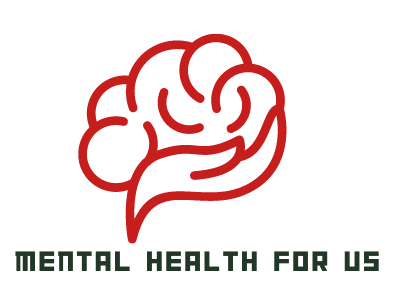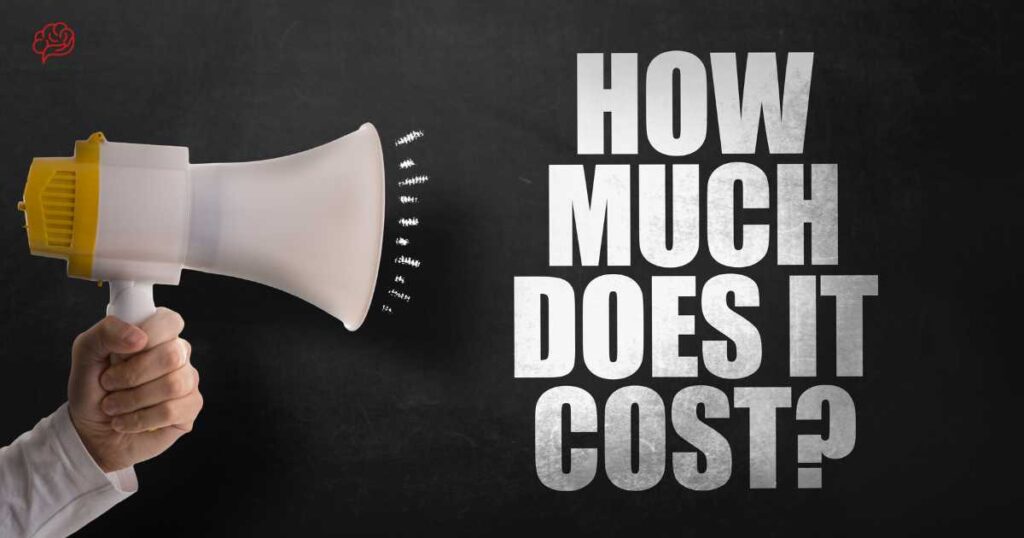Introduction
Chronic bipolar disorder causes extreme mood swings between manic and depressive episodes. Millions of people worldwide are affected by it, which can affect their daily lives and well-being. Bipolar disorder poses direct and indirect economic costs for patients and society. Medical, pharmacy, outpatient, hospital, and other costs for bipolar disorder add up to a lot each year. Chronic conditions can have high lifetime costs. Bipolar disorder often coexists with other medical conditions, raising medical costs and economic burden. Medication, behavioral therapy, and mental health services can improve bipolar disorder symptoms and quality of life. These treatments can cost different amounts depending on the severity of the condition, the treatment approach, and the healthcare system. The following section will discuss how much does bipolar treatment cost.
How Much Does Bipolar Treatment Cost?
Therapy, medication, and support are often needed to manage bipolar disorder. The cost of bipolar disorder treatment depends on many factors, including the type of treatment, location, insurance coverage, and severity.
Medication Costs
Many bipolar disorder patients need mood stabilizers like lithium, valproic acid, or lamotrigine. Generic medications may be cheaper than brand-name ones. Medication costs vary monthly, but they must be budgeted.
Antipsychotics like quetiapine or aripiprazole may be prescribed for manic or mixed episodes. These drugs may cost more than mood stabilizers.
Health insurance can help cover medication costs. Insurance often covers part of prescriptions, reducing out-of-pocket costs.
Therapy Costs
Individual Therapy: CBT or DBT is essential for bipolar disorder treatment. Therapy fees vary, and some offer sliding scales based on income.
Group Therapy: Group therapy may be cheaper than individual therapy. They offer group support and skill-building.
Insurance: Your insurance may cover therapy sessions partially or fully. Verifying your insurance and finding therapists who accept it is crucial.
Hospitalization Costs
Inpatient Treatment: Bipolar disorder may require hospitalization to stabilize acute manic or depressive episodes. Hospitalization can be expensive, but insurance covers much of it.
Ongoing Care and Support
Visit the doctor regularly: Regular psychiatrist or primary care physician visits are needed to monitor and adjust treatment plans. These visits’ frequency affects costs.
Lifestyle changes: Managing bipolar disorder requires lifestyle changes like maintaining a stable daily routine and managing stress, which are not financial.
Insurance Coverage
Insurance can significantly impact bipolar disorder treatment costs. Many people have private health insurance or Medicaid or Medicare, which can reduce costs. You must understand your insurance plan’s copayments, deductibles, and coverage limits.
Community Support and Resources
Find bipolar disorder support groups and community resources that offer free or low-cost help. These resources offer mental health education, coping strategies, and peer support.
The Economic Burden of Bipolar Disorder: Research Studies
Mania and depression alternate in bipolar disorder. Although its effects on individuals are well-known, bipolar disorder also has an economic cost. Research studies show that healthcare costs of bipolar are mostly medical and prescription drugs. A study found that bipolar disorder patients spent $20,327 on direct healthcare annually. These costs include outpatient, inpatient, emergency room, and other medical services. Costs of bipolar disorder medications like atypical antipsychotics add to the economic burden.
In contrast, indirect costs measure the financial impact on productivity and quality of life. These costs include missed workdays, lower productivity, and family stress. Research found a $14,521 annualized indirect cost for bipolar disorder. The condition’s economic impact is significant.
Comparing these costs to the general population highlights the economic burden. Bipolar disorder patients had much higher direct and indirect healthcare costs than the matched general population.
Overall, bipolar disorder costs $18,431 in direct healthcare and $14,322 in indirect costs annually. These findings emphasize the need for effective bipolar treatment to reduce the personal and economic costs of this mental illness.
Qualitative Studies
Meta-analysis findings demonstrate that disorder has direct and indirect healthcare costs. Direct healthcare costs include medical care, hospitalizations, outpatient visits, medication, and therapy. Management of bipolar disorder often requires regular visits to psychiatrists, therapists, and other healthcare professionals. These visits and mood-stabilizing medications can be costly.
Patients may need hospitalization during acute episodes or if they are at risk of harming themselves or others. Inpatient care and related procedures and tests can increase bipolar disorder management costs.
In contrast, indirect costs are the disorder’s economic impact on individuals and society. Bipolar disorder can impair work, resulting in lost productivity and unemployment. The disorder’s mood swings and unpredictability can also lower quality of life. Reduced social interactions, strained relationships, and lower satisfaction can result.
A systematic literature review on bipolar disorder’s economic burden illuminated its financial effects. Bipolar disorder has an average annualized direct healthcare cost of $21,746. This includes doctor, hospital, medication, and therapy costs. The study also found that bipolar disorder’s indirect costs, such as lost productivity and quality of life, average $11,495 per year.
These numbers demonstrate the financial burden bipolar disorder patients face and the need for significant resources to manage it. Bipolar disorder patients require nearly four times more direct healthcare costs than the general population, emphasizing the need for adequate support.
These figures are an average, and costs may vary depending on the disorder’s severity, healthcare resources, and treatment approach. Comorbid medical conditions or mental health disorders may increase bipolar disorder costs.
Bipolar disorder affects an individual’s emotional and financial well-being. Individuals and society must recognize and understand these costs to allocate resources and support bipolar disorder patients
Conclusion
This article discussed how much does bipolar treatment cost. In conclusion bipolar disorder treatment costs vary, so individuals and their families must budget. Medication, therapy, hospitalization, and ongoing care add to the cost. Health insurance can significantly reduce these costs, but you must understand your policy.
Despite financial constraints, mental health must be prioritized and treated. With proper treatment and support, many bipolar disorder patients can live fulfilling lives. Exploring community resources and discussing financial arrangements with healthcare providers can help manage costs while still receiving necessary care and support..
FAQs
How long does therapy last for bipolar?
Bipolar disorder treatment can last months, years, or forever. The individual’s needs, severity, treatment goals, and therapeutic approach determine it. Acute episodes may require therapy, while long-term stability may require maintenance therapy.
Can bipolar disorder be treated permanently?
Treatment and support can manage bipolar disorder, but not permanently. Chronic conditions like this may require lifelong medication, therapy, and lifestyle changes to maintain stability and quality of life.
What age does bipolar start?
Bipolar disorder usually begins in late adolescence or early adulthood. It can also develop in childhood or later. Different people have different onset ages.







